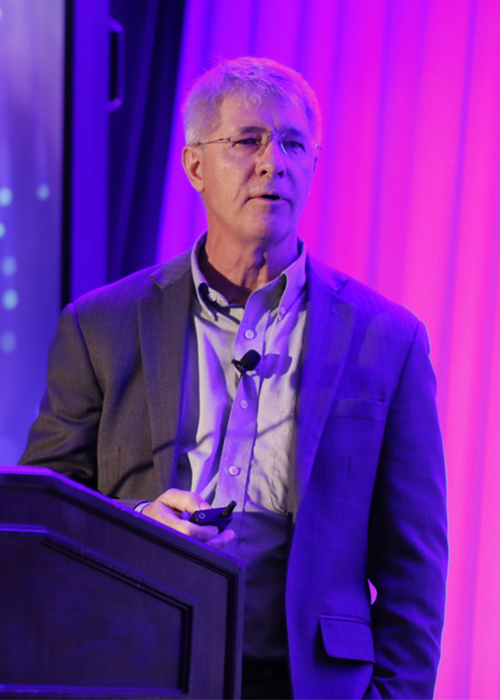Verizon and Sprint both roll out 5G networks in major US cities
Gigabit Society will become a reality in 2020 when most countries will have their networks in place

Gigabit Society will become a reality in 2020 when most countries will have their networks in place
After a decade of promises, the “gigabit society” of super-fast wireless communications is becoming a reality. In Chicago and Minneapolis, US telecommunications provider Verizon Communications Inc now offers a super-fast fifth-generation mobile wireless, or 5G, and will roll out its service to 20 US cities including Atlanta, Boston, Dallas, Washington DC and Detroit. Sprint is launching its own service in four US cities at the end of May.
Subscribers in the 20 cities can use Verizon’s 5G service with a Motorola Moto Z3 smartphone sold by the carrier or with the Samsung’s just-released S10 5G smartphone. The Samsung phone will be available in the US at the end of June.
A “gigabit society” is one where ultra-high speed internet is widely available to all citizens at home, in the car or on mobile wherever they are, so they can access new services like e-government, digital health care, and the Internet of Things. These new 5G networks are at least 10 times as fast as 4G broadband and are now being built in nearly every country in the world.

In certain areas of Chicago, users connected to Verizon’s network are already reporting speeds of 1 gigabit for downloads of their favorite film in 90 seconds or television show episode in just 8 seconds – but only if they are standing near a tower.
Most countries should have 5G networks in place by 2020. At the same time Verizon was switching on its mobile 5G network city by city, halfway around the world in South Korea telecoms provider SK Telecom said it started offering 5G wireless plans in April. Japan and China both have significant 5G network plans, and China is far ahead of the US in terms of network site density, according to a study by Deloitte citing CTIA data. The European Union has adopted a plan called “Connectivity for a European Gigabit Society” to bring high speed internet to all EU homes by 2025.
It’s not just the speed that makes these new networks so important. They will be able to connect people to devices. And they will open the door to completely new applications like virtual reality and augmented reality, leading to all sorts of innovations in fields from manufacturing to science.
Prysmian is a key player in the 5G network rollout in the US because of its $300 million contract to supply Verizon with more than 17 million kilometers of fibre cable for its next-generation 5G network.
In March 2019, Prysmian launched the new MassLink cable with FlexRibbon technology, offering the highest fibre count in the industry to support the rollout of 5G networks around the globe.

Glenn Wellbrock, Director of optical transport network architecture at Verizon
Speaking at the NExsT conference in New York on the eve of Verizon’s 5G rollout, Verizon’s Glenn Wellbrock shared some of the insights his team found in deploying the company’s 5G tests, saying that they are laying a lot more cable than ever before.
“Fibre is the foundation of all 5G deployments,” said Wellbrock, Director of optical transport network architecture at Verizon.
Building the kind of 5G networks needed to support the gigabit society takes teamwork, said Prysmian Group’s EVP for Telecom Business Philippe Vanhille.
“We all have to keep working together to make 5G happen,” he said at NExsT.
Making 5G a reality for most consumers will also take a lot of investment. But the economic benefits will be huge.
A study by BCG in 2016 commissioned by ETNO, the European Telecommunications Operators’ Network, estimated that 40% of the EU’s economic growth between 2015 and 2020 “is expected to be due to a digital society driving job creation and prosperity.” The report estimated that the digital economy accounted for 5% of Europe’s GDP in 2014 and is expected to grow to 7.5% of total by 2020.

